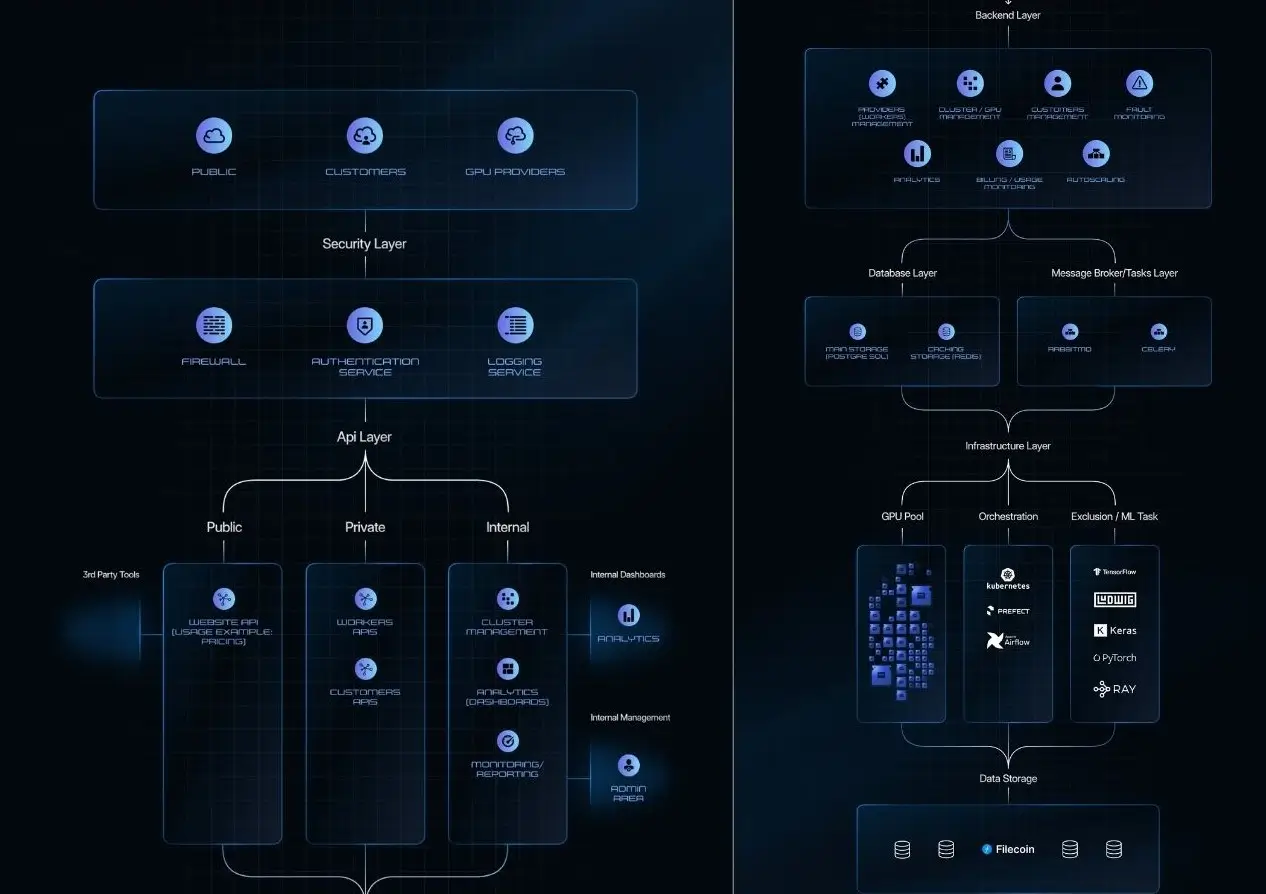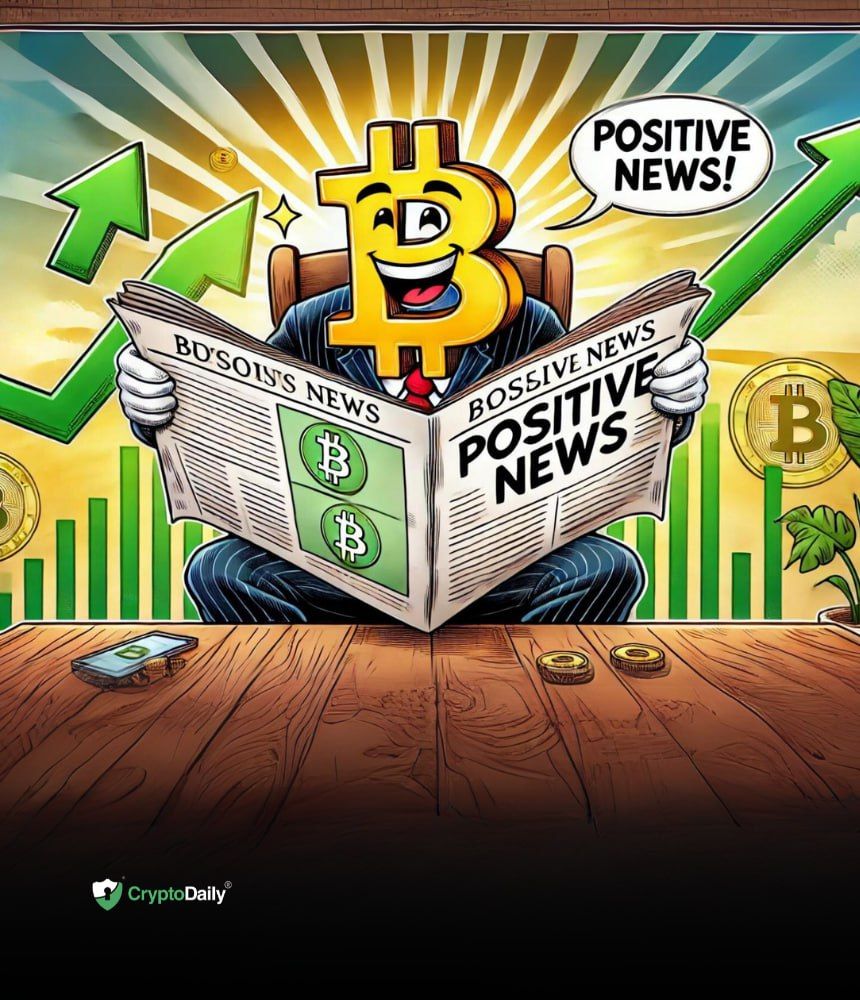Source: Depositphotos
As recently as a few short years ago, it would have been foolish to claim that memecoins could challenge the dominance of more traditional tech and infrastructure projects. Memecoins, after all, had no inherent utility, deriving their value instead from community support, viral marketing, and the power of shared cultural experiences.
Initially perceived by many to be a “here today, gone tomorrow” phenomenon, memecoins
were humorous ventures that sprung to life from social media riffs and in-jokes, patently lacking even the most basic fundamentals. Despite such flaws, the asset class has confounded critics and validated supporters, becoming very much a force to be reckoned with in the global crypto landscape.
In point of fact, it’s no longer adequate to call memecoins a trend; projects may come and go but the category as a whole, driven as it is by guerilla marketing, humor and speculative fervor, seems bulletproof.
Not Everyone is Happy About the Rise of Memecoins
As long as internet jokes, memes and cultural phenomena exist, memecoins will too. But as they have grown in popularity, these projects have also put certain noses out of joint. Distaste at their exploits is somewhat understandable, particularly when it appears that memecoins are eating the lunch of more serious projects.
Take the category’s heavy hitters, Dogecoin (DOGE) and Shiba Inu (SHIB), as an example. Both dog-themed cryptocurrencies have achieved remarkable market capitalizations, with DOGE boasting over $19.3 billion and SHIB reaching $10.2 billion. These numbers place the projects firmly within the top 20 cryptocurrencies by market cap, outperforming many blockchains and tokens with more tangible use cases and technological foundations (not to mention a longer history).
The success of the canine cryptos isn’t isolated. At present five memecoins rank among the top 50 cryptocurrencies by market capitalization. In contrast, only five projects focused on Real-World Assets (RWA), five AI and big data projects, and a single gaming project occupy a berth in the top 50. The disparity highlights a shift in investor interest and market dynamics, as well as the inability of more meaningful projects to compete with memecoins for relevance in crypto’s offbeat culture.
Because the appeal of memecoins lies in their ability to rapidly gather communities around a simple idea, joke, or symbol, they can explode like an atom bomb in the popular consciousness – or at least the hive mind of crypto – much more quickly than serious tech and infrastructure projects. Through social media, unified communities can quickly flourish, creating a self-reinforcing cycle of hype and value creation. The process differs significantly from the traditional model of tech and infrastructure projects which tend to rely on technological innovation, real-world utility, and long-term development plans to attract investors and users.
That isn’t to say memecoin success is solely attributable to users who are amused by their goofiness. On-chain data trackers have shown that they are increasingly attracting the attention of serious whale investors, the sort who can significantly influence market trends. Rising interest from such players further legitimizes memecoins in the eyes of ordinary investors while diverting capital from more established, utility-focused projects.
The Need to Compete
The implications of this trend are far-reaching. On one hand, memecoins highlight the power of community-driven value creation in the digital age, demonstrating how shared cultural experiences can translate into real economic value. On the other, they raise pertinent questions about market stability and resource allocation within the web3 ecosystem.
The long-term impact of the memecoin phenomenon remains to be seen. Will they continue eating into the market share of more serious projects – potentially slowing the development of blockchain tech and its real-world applications? Will they serve as a gateway, introducing new participants to the broader web3 ecosystem and eventually driving interest in more substantive projects? Or will memecoins themselves go after utility to become even more attractive investment vehicles?
In light of memecoins’ continued success, it’s little wonder web3 projects – memecoin and otherwise – are placing a stronger emphasis on their marketing, liquidity provision, scaling capacity, and Token Generation Event (TGE) management. Similarly, there are platforms designed to help them get all their ducks in a row. Peanut is a good example.
Pioneers in delivering MEV (Maximal Extractable Value) solutions, Peanut’s broad range of services include TGE strategies and Fair MEV Market Making, deploying techniques like high-frequency trading, CEX and DEX MEV, arbitrage, and futures with spots. With a portfolio of over 300 token launches, the platform’s support has been invaluable to projects fine-tuning their tokenomics, smart contract development, and much more.
Competition for the crypto dollar is intensifying all the time, which trains a spotlight on platforms like Peanut that offer impactful advisory and market services to aid projects. As the web3 industry continues to evolve, it’s clear memecoins represent a significant shift in how value is created and perceived in the crypto space.
What cannot be denied is that they have changed our understanding of value creation in the digital age, forcing both investors and developers to reconsider their approaches to winning users’ (and investors’) hearts and minds. It will be up to tech, infrastructure and other serious projects to redouble their efforts if they wish to outshine the next inevitable wave of memes.
Disclaimer: This article is provided for informational purposes only. It is not offered or intended to be used as legal, tax, investment, financial, or other advice.





